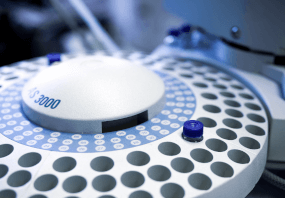General description
Monoclonal Anti-TAP (mouse IgG1 isotype) is derived from the 53H8 hybridoma produced by the fusion of mouse myeloma cells (SP2/O) and splenocytes from Balb/c mice immunized with TAP.
TIP-associated protein (TAP), also known as nuclear export factor (NXF1), is encoded by the gene mapped to human chromosome 11q12.3. The encoded protein is a member of multigene family of evolutionarily conserved proteins. TAP contains non-canonical RNP-type RNA binding domain, four leucine-rich repeats and an NTF2-like domain. It also contains an ubiquitin-associated domain involved in the interaction with nucleoporins.
Specificity
Monoclonal Anti-TAP recognizes human TAP (~66 kDa).
Immunogen
TAP (Tip Associated Protein).
Application
Anti-TAP antibody, mouse monoclonal may be used in:
- enzyme linked immunosorbent assay (ELISA)
- immunoblotting
- immunoprecipitation
- immunocytochemistry
Biochem/physiol Actions
TIP-associated protein (TAP) plays an important role in carrying mRNAs from the nucleus. Elevated expression of TAP or of SRp20, enhance the production of gammaretroviral Gag polyprotein. The encoded protein might facilitate the repression of two mutations caused by insertions of endogenous retroviruses into introns of cellular genes by regulating their mature transcript levels ∼2 fold.
Transporter associated with antigen processing (TAP) interacts with the RNA-binding protein Y14 protein, a participant of the mRNA-protein complex (mRNP) near the exon-exon junction of the spliced mRNAs. Formation of the TAP/p15 heterodimer is required for efficient nuclear pore complex binding and significantly enhances the ability of TAP to export mRNAs from the nucleus. In addition, TAP plays a central role in the nuclear export of (constitutive transport element) CTE containing viral mRNA. However, the recruitment of TAP to the two types of mRNA occurs by different mechanisms. TAP binds to the viral CTE directly, while the interaction with cellular mRNA is found to be indirectly.
Physical form
Solution in 0.01 M phosphate buffered saline, pH 7.4, containing 15 mM sodium azide.
Storage and Stability
For continuous use, store at 2-8 °C for up to one month. For extended storage, freeze in working aliquots. Repeated freezing and thawing is not recommended. Storage in “frost-free†freezers is also not recommended. If slight turbidity occurs upon prolonged storage, clarify the solution by centrifugation before use. Working dilution samples should be discarded if not used within 12 hours.
Disclaimer
Unless otherwise stated in our catalog or other company documentation accompanying the product(s), our products are intended for research use only and are not to be used for any other purpose, which includes but is not limited to, unauthorized commercial uses, in vitro diagnostic uses, ex vivo or in vivo therapeutic uses or any type of consumption or application to humans or animals.
Shipping Information:
Dry Ice Surcharge & Ice Pack Shipments: $40
More Information: https://cenmed.com/shipping-returns
- UPC:
- 51311701
- Condition:
- New
- Availability:
- 3-5 Days
- Weight:
- 1.00 Ounces
- HazmatClass:
- No
- MPN:
- T1076-200UL
- Temperature Control Device:
- Yes












